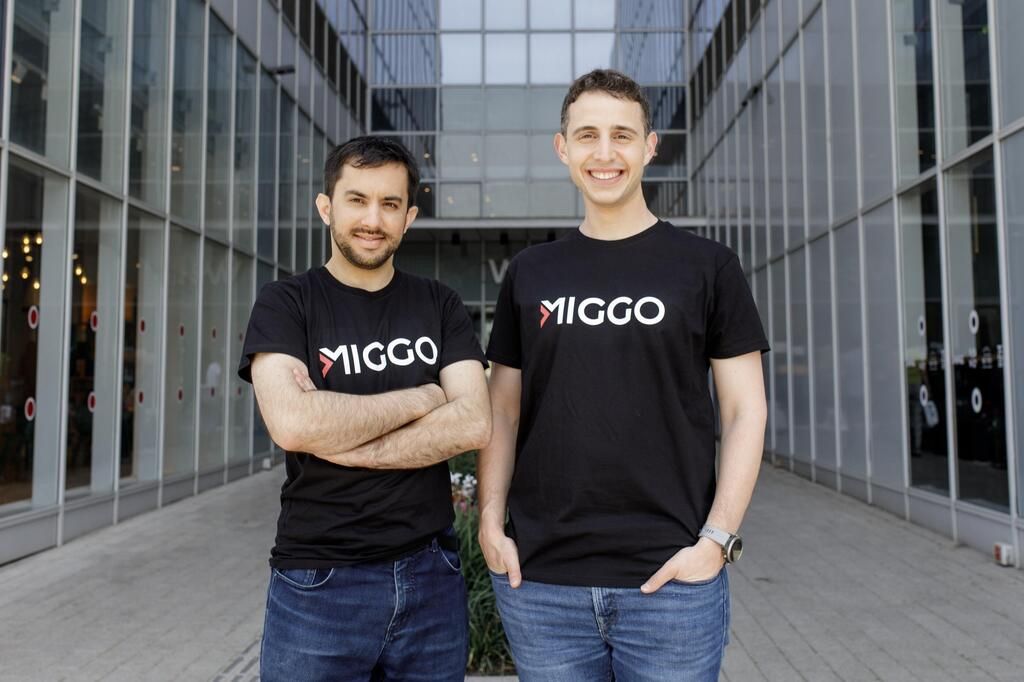The cybersecurity world is undergoing a profound transformation. With artificial intelligence no longer a distant promise but a present-day foundation for software innovation, the race between attackers and defenders has shifted deeply inside running systems.
According to a recent analysis, the AI in cybersecurity market was expected to balloon from USD 25.35 billion in 2024 to some USD 93.75 billion by 2030, growing at a compound annual rate of about 24.4 % between 2025 and 2030. At the same time, generative AI threats are becoming not only more automated but also more subtle, with prompt injection and model poisoning emerging as critical risks.
In the face of these trends, many traditional security tools falter. They lack visibility into how code actually behaves during execution or adapt poorly to autonomous AI agents. The crux of the problem lies in the detection-to-mitigation gap or the time window between when a threat is discovered and when it is neutralized. Into that breach steps Miggo Security, with a focus on real-time Application Detection & Response (ADR) and AI-aware runtime defense.
Gartner Recognition: What It Means
Miggo’s announcement that it has been named a Gartner® Cool Vendor in AI Security is a marketing milestone, but it also reflects a growing industry belief that defending AI-infused environments requires rethinking how security operates. For Miggo, the accolade underscores its ambition to eliminate the blind spots that persist when defenses only monitor before or after execution, rather than during.
Gartner itself has warned that “through 2029, over 50 % of successful cybersecurity attacks against AI agents will exploit access control issues, using direct or indirect prompt injection as an attack vector.” That prediction resonates powerfully with Miggo’s thesis: runtime behavioral security must be central, not peripheral.
Miggo’s Differentiators: Observation, Context, Action
At its core, Miggo’s platform is built around the continuous interrogation of application behavior, coupled with AI-enhanced reasoning. Key capabilities include:
- DeepTracing™ Technology: A runtime engine designed to detect AI-native threats, zero-day exploits, and evolving attack morphologies as they manifest during execution.
- AppDNA & Predictive Vulnerability Database: By marrying rich contextual data with an automated AI proving engine, Miggo claims it can reduce a typical vulnerability backlog by 99 %.Miggo WAF] Copilot: When new or mutating threats are observed, this module generates tailored Web Application Firewall rules in minutes, shortening the time to protection.
- Agentless Integration: Miggo’s design minimizes deployment friction. It works seamlessly with Kubernetes, tracing systems, and application profiles, eliminating the need for intrusive agents.
- Team Force Multiplier: Through centralized AI-powered context, Miggo helps security and engineering teams align more quickly, while reducing operational overhead by 30% or more.
Combined, those features aim to transform what it means to secure applications: from after-the-fact scanning to proactive, in-flight defense.
Leadership Views: Vision Meets Urgency

For Miggo’s leadership, the Gartner honor is confirmation of a long-term bet.
“This recognition by Gartner, in my opinion, validates the vision and innovation that define Miggo Security,” said Daniel Shechter, CEO and Co-Founder of Miggo Security. “We believe Application Detection & Response is the future of runtime security in the AI era to give CISOs and security teams the ability to know, prove, and shield AI-native threats in real time.”
That language speaks to a deeper shift in how defenders must think: not as passive gatekeepers, but as continuous observers and responders. After all, in AI-fueled systems, action must occur during execution, not afterward.
Looking Forward
Recognition as a Gartner Cool Vendor positions Miggo not just as a promising startup, but as a harbinger of broader change. As AI agents, adaptive models, and autonomous workflows proliferate, runtime detection and automated defense are likely to shift from optional add-ons to foundational requirements.
Whether Miggo can scale into leadership will depend on real-world adoption, integration across diverse environments, and robustness against evolving adversarial tactics. But for now, its vision points to a future where cybersecurity must evolve from perimeter control to behaving-in-motion defense, and where the difference between breach and resilience may lie in what the system can see and do while it runs.

